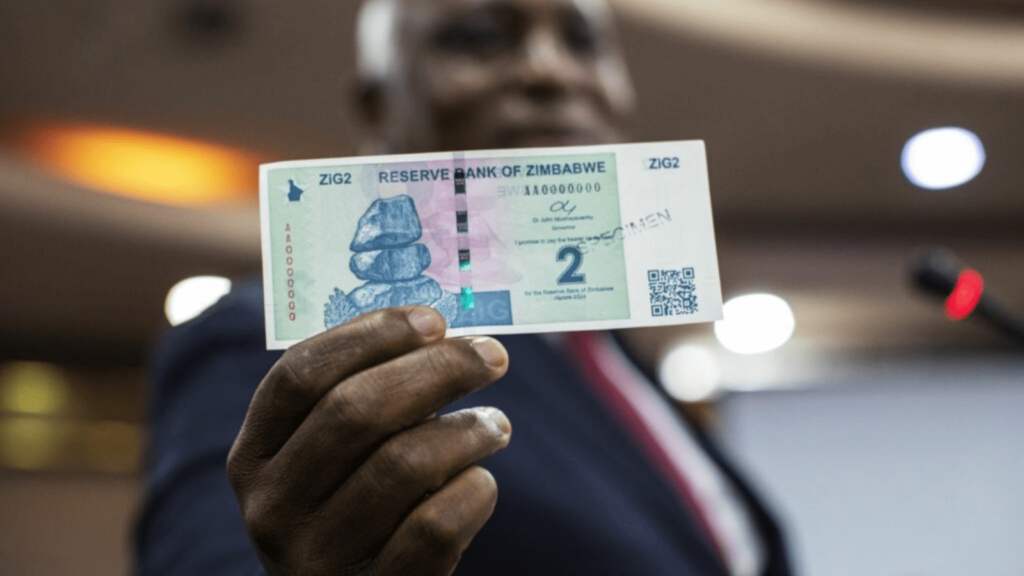ZiG, The Zimbabwean Investment Gold, Aims For Economic Stability.
In a bid to achieve economic stability, Zimbabwe has introduced a new currency called the ZiG, which stands for “Zimbabwean Investment Gold”. The value of one ZiG unit is defined as one milligram of 99% fine gold, with its value pegged to the international gold price. The Bank of Zimbabwe has enlisted external auditors to ensure the availability and adequacy of gold to back ZiG at any given time.

Officially launched on 5 October 2023, ZiG banknotes range from 1 to 200, and coins will also be introduced to address the shortage of US coins. Banks will maintain dedicated ZiG accounts to facilitate transactions in the new currency.
The introduction of ZiG is part of Zimbabwe’s efforts to stabilize an economy that has faced numerous challenges over the past 25 years. It replaces the Zimbabwean dollar, the RTGS, which had lost significant value. The central bank is committed to ensuring that the amount of local currency in circulation is backed by equivalent value in precious minerals or foreign exchange to prevent devaluation.
While the public reaction to ZiG has been subdued, the introduction of this gold-backed currency is seen as a promising step towards economic stability. The success of ZiG could potentially lead to similar initiatives in other countries, making it a significant milestone in Zimbabwe’s economic history.


